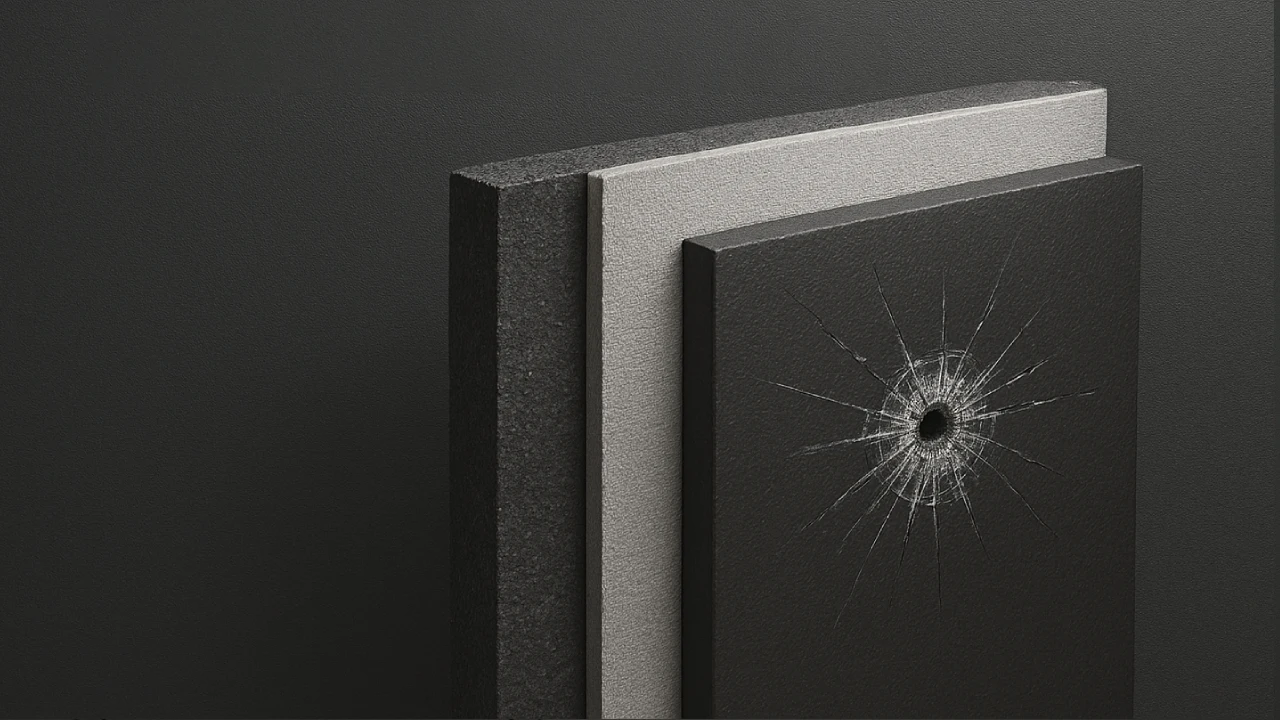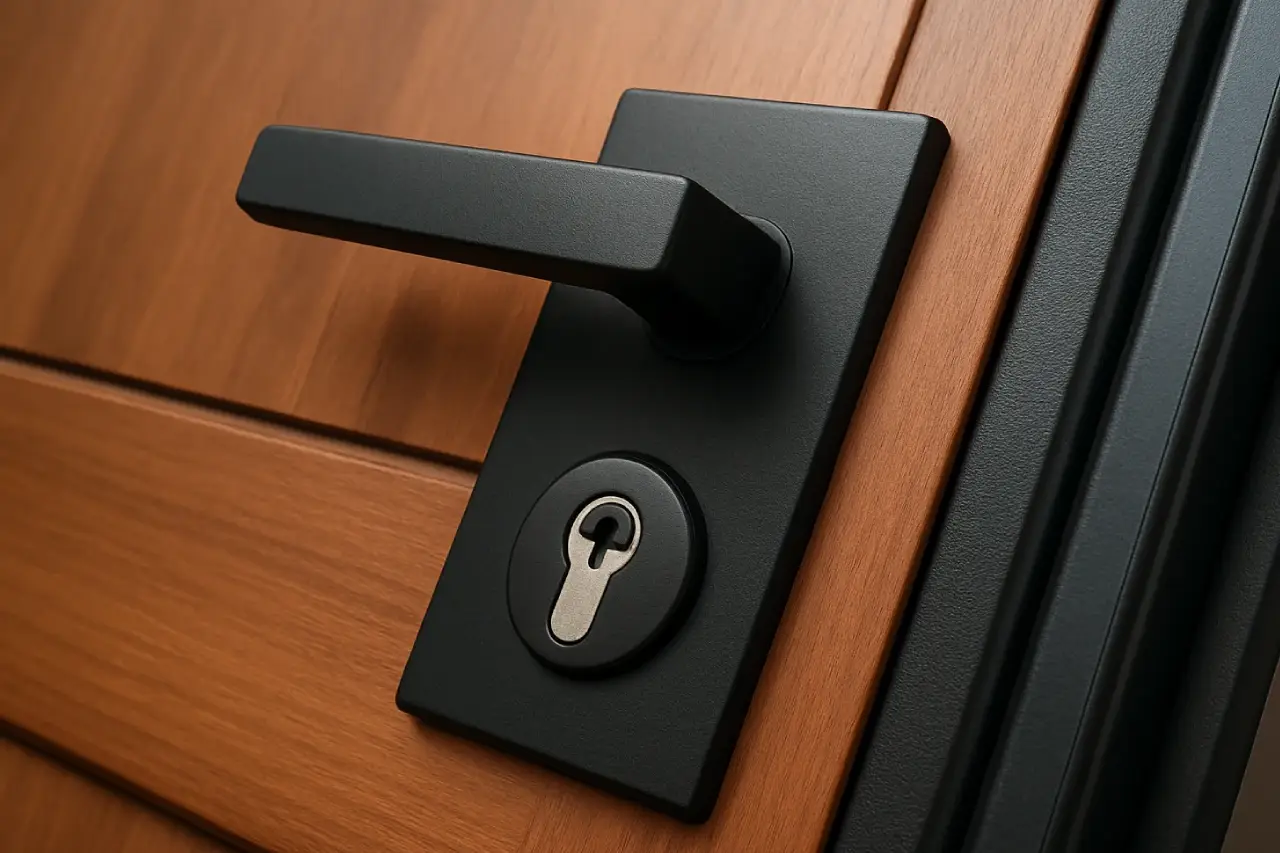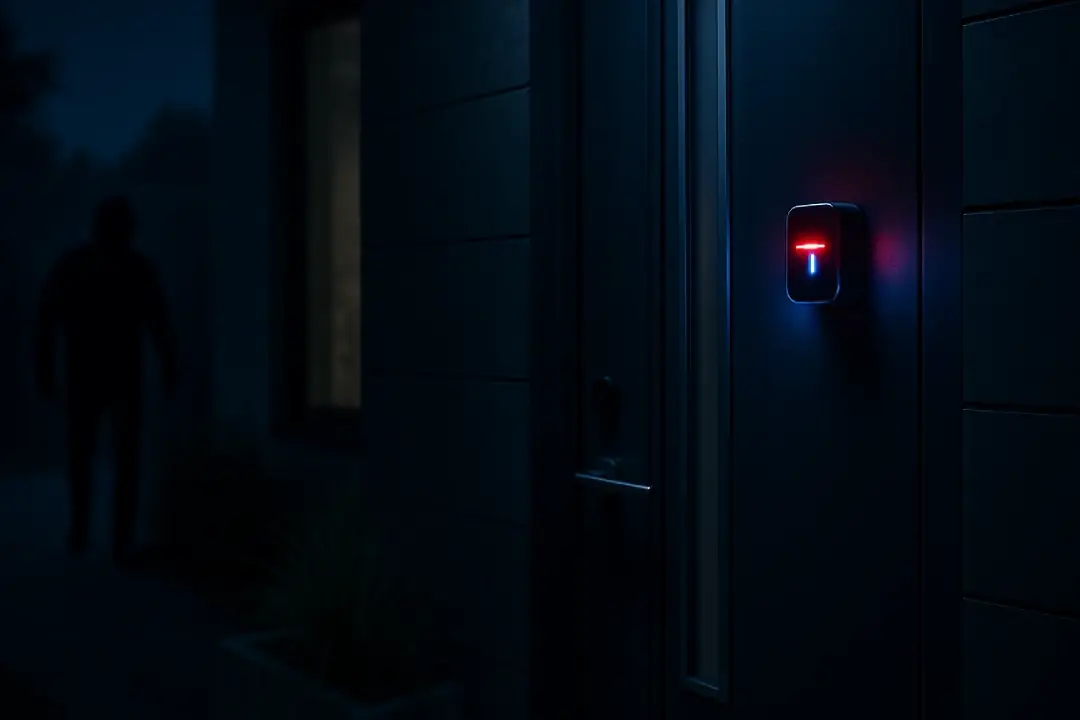Security plays a fundamental role in the design of armored doors and windows. In this article, we will explore bulletproof systems, focusing on European regulations and practical solutions that ensure the highest level of protection for homes and businesses.
Reference Regulations for Bulletproof Systems
European standards form the backbone of certification for bullet-resistant products. Among the most important are:
-
EN 1522–1523 → testing and classification of armored doors and windows.
-
EN 1063 → requirements and resistance classes for bulletproof glass.
These standards categorize products according to their resistance against different types of bullets, providing clear guidelines for testing and certification.
Armored Doors: EN 1522–1523
This regulation defines how to test and classify armored doors against firearm attacks. It applies to doors, windows, shutters, and closures, considering variables such as:
-
Bullet caliber & weight
-
Firing distance
-
Velocity
-
Number of shots
Resistance Classes (FB1–FB7):
-
FB1 → .22 LR small caliber bullets
-
FB2 → 9mm Luger
-
FB3 → .357 Magnum
-
FB4 → .44 Magnum
-
FB5 → 5.56 NATO rifle
-
FB6 → 7.62 NATO rifle
-
FB7 → 7.62×51 AP armor-piercing rounds
Testing includes firing in triangular patterns, simulating real attack conditions. Importantly, installation methods (screwed or welded frames with reinforced protections) are also part of the certification to ensure no weak points remain.
Bulletproof Glass: EN 1063
This standard defines classifications for bulletproof glazing:
-
BR1–BR7 → pistol & rifle bullets
-
SG1–SG2 → shotgun slug resistance
Shatter resistance is also considered:
-
S (Spall): glass shards present
-
LS (Low Spall): reduced shards
-
NS (No Spall): no shards, usually with anti-shatter film
Structure of Bulletproof Glass:
-
Outer sacrificial glass to disperse impact
-
Polymer/Polycarbonate core to stop the bullet
-
Anti-shatter film inside
-
Inner protective layer
Assembly quality is critical: double fastening (structural bonding + steel glazing beads) ensures the glass remains secure even under direct fire.
Innovative Materials for Modern Protection
To achieve security without excessive weight, advanced materials are often used:
-
Special steels – high resistance with reduced thickness
-
Fibroceramic – absorbs impact by fracturing
-
Kevlar – lightweight, flexible, used in bulletproof vests
Applications of Bulletproof Systems
Bulletproof systems can be applied across different types of openings:
-
Swing doors (standard or concealed hinges)
-
Pivot doors
-
Sliding doors (large glass surfaces)
-
Modern translating systems
Thus, the security of armored doors and windows is not limited to material choice but involves strict compliance with European standards, high-performance materials, and innovative design.
About Us
At Minerva Luxury Designs, we specialize in crafting custom luxury armored doors that combine elegance, durability, and advanced security. Our mission is to offer solutions that protect your home while enhancing its architectural style.
👉 Discover more or request a consultation here: Contact Us



